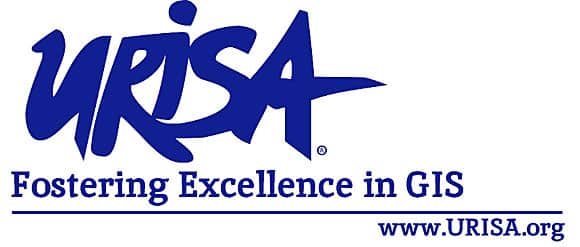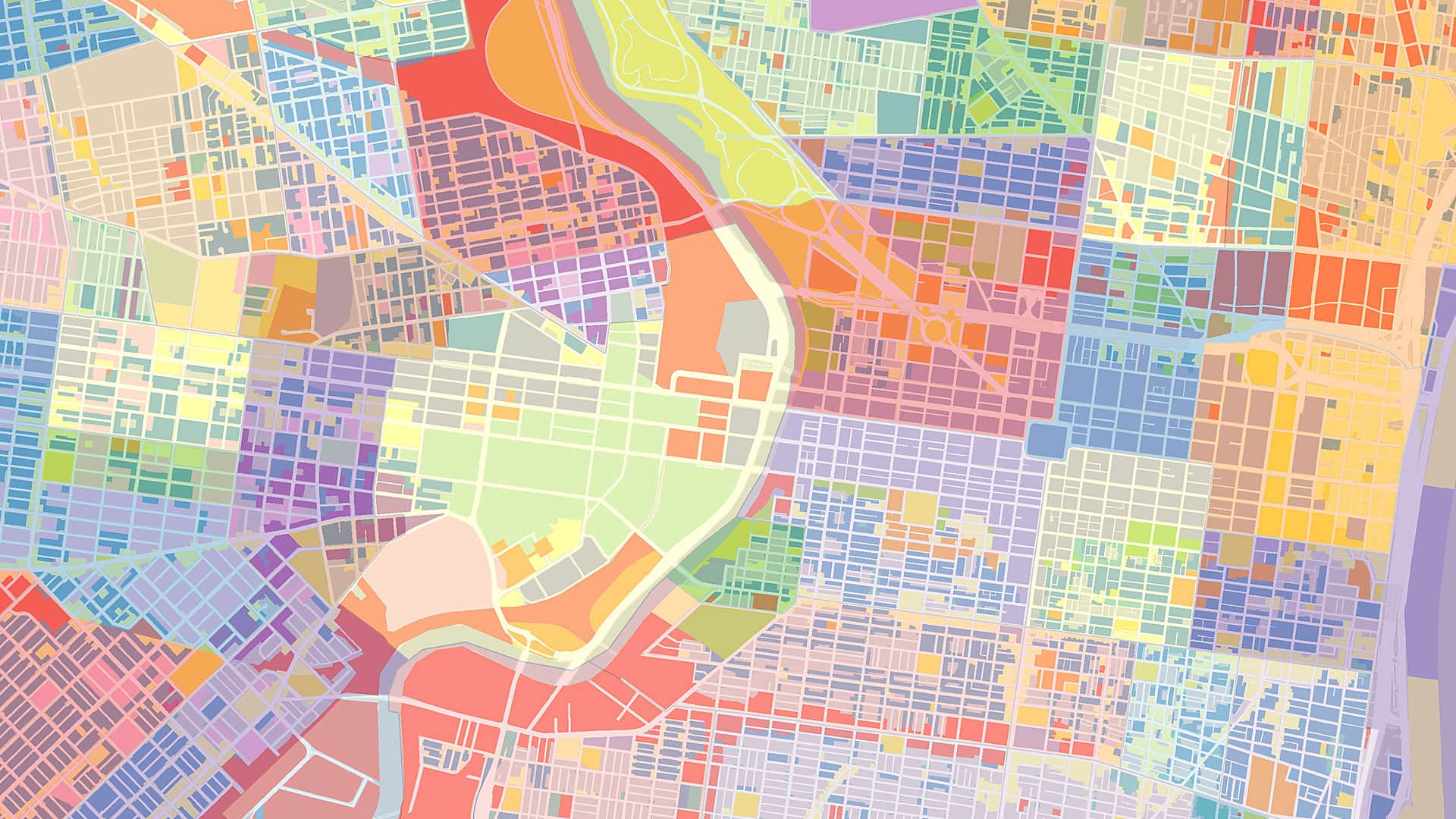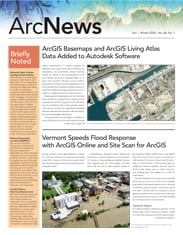Lots of components need to come together for a field of practice to be considered a profession. Professionals commonly have advanced training and experience, adhere to a code of ethics, are recognized by peers and the public, demonstrate competence, participate in ongoing education and training, and make lasting contributions to the profession. GIS professionals are typically inclined to pursue these core objectives.
Achieving a GIS Professional (GISP) certification through the GIS Certification Institute is one way that GIS practitioners can demonstrate expertise and ethical conduct in GIS. That said, continued training is paramount—not just to being a professional but also to keeping up with a rapidly advancing technology environment. Following and understanding policies that positively and negatively impact a profession is another important pursuit.
Being a member of the Urban and Regional Information Systems Association (URISA) can help GIS professionals stay engaged with the profession and their professional community. URISA delivers resources that help guide GIS professionals throughout their careers—from its annual GIS-Pro conference, the URISA GIS Leadership Academy, and the new Advanced GIS Leadership Academy (being offered in August 2024 for the first time) to virtual education, local chapters, and a code of ethics.

An often overlooked but impactful focus area for URISA is in monitoring and consulting on government policies that affect GIS professionals. URISA’s Policy Advisory Committee (PAC) keeps tabs on policies that are making their way through local, state, and federal government organizations, often offering feedback and influencing outcomes as needed.
The PAC has tracked many issues over the years, several of which are ongoing. That’s because, as part of the tech world, GIS moves very quickly—unlike government policy, which tends to move slowly, sometimes causing negative impacts when it doesn’t keep up with the pace of change. For anyone who is not up to speed on some of the key issues affecting the GIS industry, here are a few that may warrant getting involved with through the PAC or other URISA committees.
Surveying and GIS
In the United States, state governments regulate the surveying profession by statute, and some policies and regulatory language in those statutes are outdated. Because of the prevalence of high-accuracy Global Navigation Satellite System (GNSS) and global positioning system (GPS) technology—along with lidar, imagery, and drone data collection—in the GIS industry, GIS professionals often cross paths with land surveyors. For years, the PAC has been working with the National Society of Professional Surveyors and the National Council of Examiners for Engineering and Surveying to help modernize the model laws and rules for surveying (which states often use as a template for their statutes) to clarify which tasks are rightly considered land surveying and which tasks may be performed by GIS professionals.
Broadband Data
The Federal Communications Commission (FCC) is currently in the process of updating its broadband maps that identify where this service is and is not available, especially in rural areas. Broadband availability is of particular interest to the US Congress, which has improved its funding requirements in an effort to ensure that everyone has access to broadband service. The FCC’s maps, however—which are now being updated by internet service providers to better reflect the true availability of broadband service—may be contested by local governments if they are still found to be deficient. GIS professionals are uniquely qualified to understand the quality of this data in their communities, and there are opportunities—through URISA and the PAC—to make this knowledge more widely known.
The Census and Redistricting
Following the 2020 US census, the PAC has been active in recommending how the data should be used for congressional redistricting. As can be seen in news reports over the last few years, redistricting is a contentious issue in several parts of the country. To help steer GIS practitioners toward developing equitable and fair legislative boundaries, URISA has published the nonpartisan paper Redistricting: A Guide for the GIS Community. It’s also never too early to understand what the US Census Bureau is doing with the American Community Survey and how it is preparing for the 2030 Census—both of which the PAC is actively engaged in.
Collaborative Efforts
URISA isn’t working alone in any of this. The organization was a founding member of the Coalition of Geospatial Organizations (COGO), a forum for several nonprofit organizations that are concerned with national geospatial issues. One of COGO’s focus topics is the National Spatial Data Infrastructure (NSDI) Assessment, which evaluates how far US federal, state, regional, tribal, and local governments have come in working with the private and academic sectors to develop a national spatial data infrastructure for the United States. URISA was instrumental in getting addressing added as the eighth theme of the NSDI and now leads the team that is evaluating the progress of this inclusion.
These are just a few highlights that show how URISA and its members are analyzing and influencing policies that affect GIS professionals. For more than 60 years, URISA has developed and guided GIS and GIS professionals—and getting involved in the PAC is just one of the many benefits of joining the URISA community.
As the GIS profession grows, so must individuals’ commitments to their chosen profession. URISA provides a wonderful and inspiring framework and community to support GIS professionals. Consider becoming active in URISA and even joining the PAC. It’s the professional thing to do.


